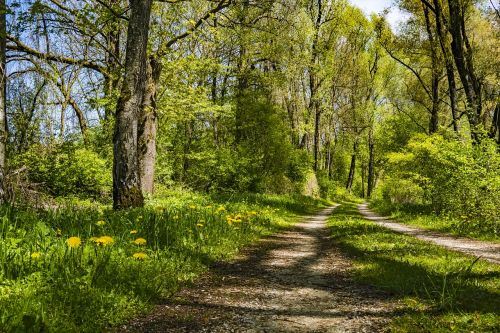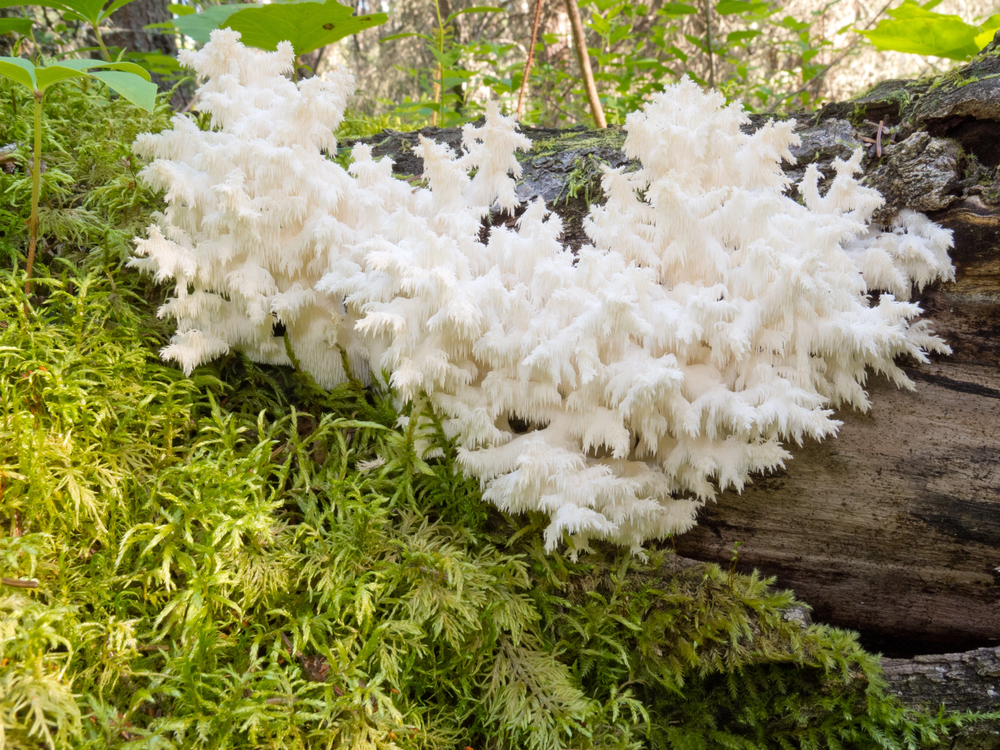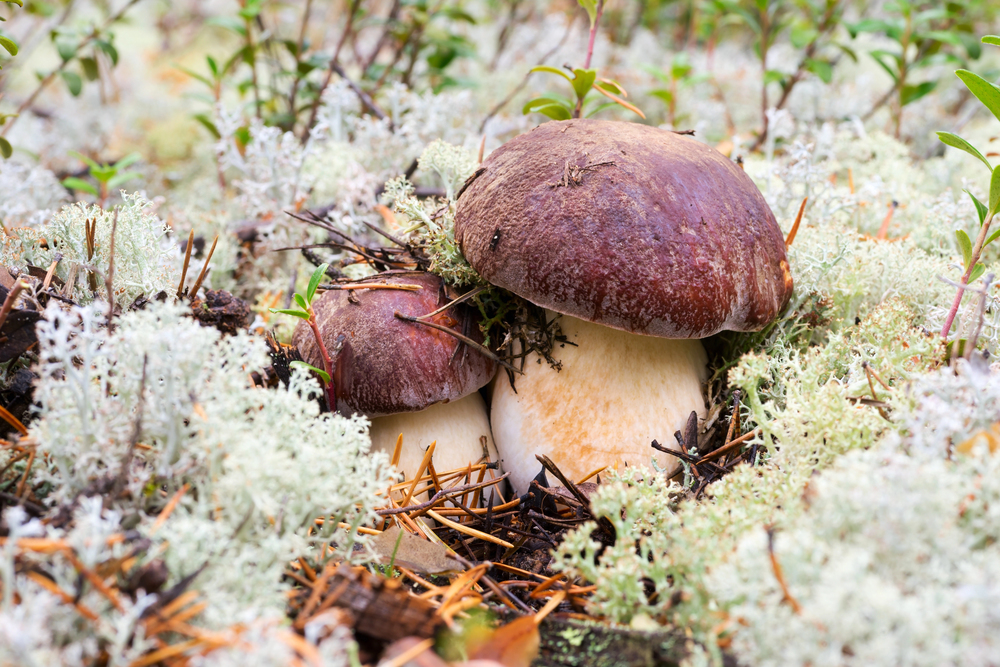For both novice and experienced foragers, the success of a mushroom hunting expedition often hinges on proper preparation and equipment. While the thrill of finding wild fungi might tempt some to venture out with just a basket in hand, the reality demands a more methodical approach. From crucial identification guides to specialized tools and safety equipment, the list of necessary items extends beyond what many might initially consider. Understanding what to bring along not only improves the experience but also guarantees a safe and productive outing in nature’s hidden bounty.
Key Takeaways
- Field guides and a camera for proper mushroom identification and documentation of specimens you find.
- A woven basket or mesh bag to collect mushrooms while allowing spores to spread during your hunt.
- A quality knife with a 3-4 inch stainless steel blade for clean cutting of mushrooms at their base.
- Waterproof clothing, sturdy boots, and layered attire to stay comfortable in various weather conditions.
- Navigation tools (GPS/compass) and a basic first aid kit for safety in remote foraging areas.
Essential Field Guides
Field guides serve as indispensable companions for both novice and experienced mushroom hunters, providing critical information for proper identification and safe foraging. These specialized reference books contain detailed photographs, illustrations, and descriptions that help foragers distinguish between edible and poisonous species. Regional field guides are particularly valuable, as they focus on mushroom varieties specific to your geographic area.
A thorough field guide should include several key components: scientific and common names, detailed physical descriptions, habitat information, and seasonal availability. The most reliable guides feature side-by-side comparisons of similar-looking species and highlight key distinguishing characteristics that separate edible mushrooms from their toxic look-alikes.
Modern field guides often incorporate additional elements such as spore print information, chemical reaction tests, and identification keys. Leading publications in North America include the National Audubon Society Field Guide to Mushrooms, David Arora’s Mushrooms Explained, and region-specific guides by local mycological societies. For maximum accuracy, experienced foragers recommend carrying at least two different field guides to cross-reference identifications and verify critical details.
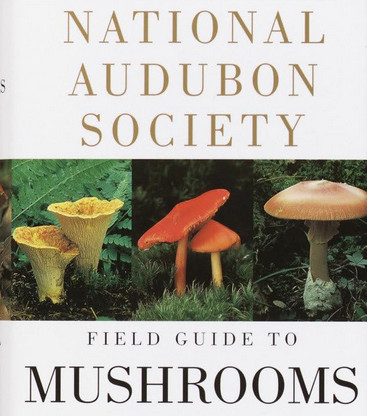
Collection Baskets and Bags
A proper collection container plays a vital role in both preserving mushrooms and supporting sustainable foraging practices. The ideal container allows mushrooms to breathe while protecting them from damage during transport, with woven baskets and mesh bags being the two primary options for collectors.
Traditional wicker or willow baskets represent the classic choice for mushroom hunting, as their rigid structure prevents crushing and allows spores to disperse through the weave. These baskets likewise provide excellent airflow, which helps prevent dampness buildup that can lead to premature spoilage of collected specimens.
Mesh bags serve as a lightweight alternative to traditional baskets, offering similar benefits for spore dispersal and ventilation. Cotton mesh bags are preferable to synthetic materials, as they provide better breathability and are more environmentally friendly during decomposition if lost in the field.
Avoid using plastic bags or sealed containers, which trap humidity and heat while preventing spore release. Professional foragers often use specialized collecting baskets with separate compartments to keep different species isolated and prevent cross-contamination between edible and potentially toxic specimens.
Proper Cutting Tools
A well-maintained foraging knife with a curved, stainless steel blade measuring 3-4 inches serves as the crucial tool for harvesting mushrooms cleanly and safely. Proper cutting technique involves gripping the ergonomic handle firmly while slicing at a 45-degree angle through the mushroom’s stem, keeping the blade parallel to the ground to minimize soil disruption and preserve the mycelium network. The ideal mushroom knife features a comfortable wooden or composite handle with finger grooves, a built-in cleaning brush for removing debris, and a protective sheath for safe transport through dense undergrowth.
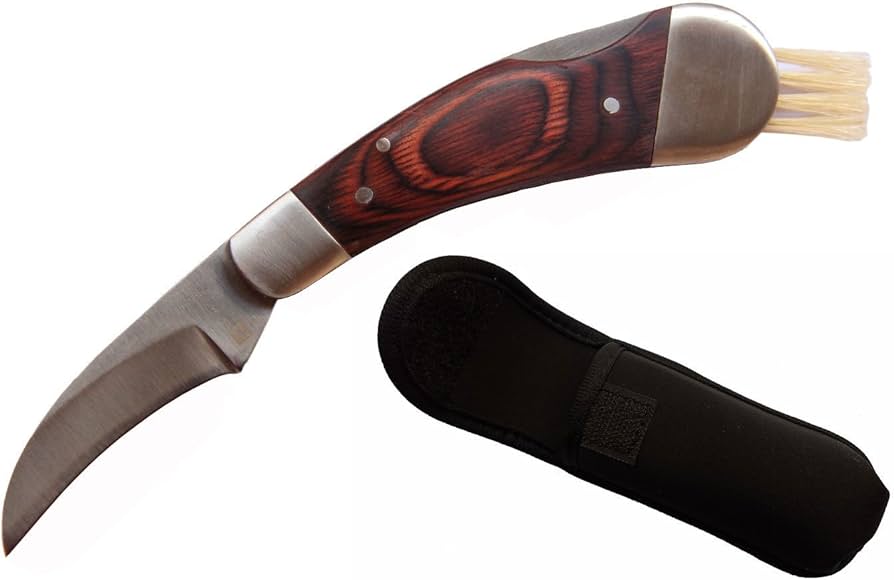
Knife Selection and Care
Selecting an appropriate knife stands as one of the most critical decisions for successful mushroom hunting. A dedicated mushroom knife should feature a curved blade for clean cuts and include a brush on the opposite end for cleaning specimens. The best knife combines durability with precision while remaining compact enough for easy carrying in the field.
- Choose stainless steel blades to prevent rust and maintain edge retention in damp conditions
- Make sure the handle provides a secure grip, even when wet or muddy
- Select a folding knife with a locking mechanism to prevent accidental closure during use
- Consider a knife with a blade length between 2.5 to 4 inches for ideal control
- Invest in a knife with a built-in cleaning brush to minimize the need for additional tools
Proper knife maintenance guarantees both safety and longevity of your tool. Clean the blade thoroughly after each use, removing all dirt and organic matter before storage. A light coating of food-grade mineral oil helps prevent corrosion and maintains the blade’s condition. Store the knife in a dry place, preferably in a protective sheath or case to maintain its sharp edge and prevent damage.
Ergonomic Handle Features
The comfort and control of your mushroom knife directly impacts your cutting precision and foraging endurance. A well-designed ergonomic handle allows for extended use without hand fatigue while maintaining proper cutting angles during harvest. The materials and shape of the handle play essential roles in both grip security and overall functionality.
Professional mushroom knives incorporate specific ergonomic features that improve the foraging experience:
- Non-slip grip materials like textured rubber or contoured wood that maintain effectiveness in damp conditions
- Palm swells positioned to distribute pressure evenly across the hand during repeated cutting motions
- Finger grooves and thumb rests that guide hand placement for ideal control and reduced strain
- Balance points positioned near the blade junction to minimize wrist fatigue during extended use
- Handle lengths proportioned to accommodate different hand sizes while enabling various grip positions
The handle’s cross-sectional shape should transition from circular near the pommel to slightly oval near the blade, supporting natural hand positioning. Quality mushroom knives often feature handles made from water-resistant materials that maintain their ergonomic properties regardless of weather conditions, ensuring consistent performance throughout the foraging session.
Weather Protection Gear
Successful mushroom hunting requires proper protection from the elements, including reliable rain gear consisting of waterproof jackets, pants, and boots. For cold weather foraging, experienced hunters utilize a layered clothing system with damp-wicking base layers, insulating mid-layers, and weather-resistant outer shells to maintain comfort and mobility. The combination of quality rain protection and strategic layering allows foragers to stay dry and comfortable while searching for mushrooms in various weather conditions, from light drizzles to cold autumn mornings.
Rain Gear Essentials
Braving wet conditions requires reliable rain gear that keeps mushroom hunters comfortable and protected during their forays into damp forests and fields. The right combination of waterproof equipment guarantees mobility while preventing dampness from hindering the hunting experience or compromising collected specimens.
Essential rain gear items for mushroom hunting include:
- A lightweight, breathable rain jacket with sealed seams and adjustable hood to prevent water from dripping onto collected specimens
- Waterproof pants or gaiters that protect legs while allowing easy movement through wet undergrowth
- Quick-drying, water-resistant hiking boots with good traction for maneuvering slippery terrain
- Compact, collapsible rain umbrella that can be easily stored when not needed
- Waterproof backpack cover or dry bags to protect equipment and harvested mushrooms
Proper layering beneath rain gear is similarly significant for temperature regulation and comfort. A moisture-wicking base layer combined with insulating mid-layers helps maintain ideal body temperature while preventing overheating during active foraging. When selecting rain gear, prioritize materials that offer both water resistance and breathability, such as Gore-Tex or similar synthetic membranes, which prevent moisture buildup inside the clothing.
Layered Cold Weather Clothing
During cold-weather mushroom hunting expeditions, proper layering of clothing becomes crucial for maintaining body warmth and comfort while spending extended periods outdoors. A well-planned layering system consists of three primary components: a moisture-wicking base layer, an insulating middle layer, and a protective outer shell.
The base layer should include thermal underwear made from merino wool or synthetic materials that move perspiration away from the skin. Cotton materials should be avoided as they retain dampness and can lead to dangerous cooling when wet.
For the middle layer, opt for fleece jackets, wool sweaters, or synthetic insulated garments that trap warm air close to the body. Multiple thin layers offer better temperature regulation than a single thick layer, allowing adjustments throughout the day as activity levels change.
The outer shell must be both windproof and water-resistant, typically consisting of a quality outdoor jacket and pants designed for harsh weather conditions. This layer should include adequate ventilation options, such as pit zips or side vents, to prevent overheating during active mushroom hunting sessions.
Accessories like insulated gloves, warm socks, and a weatherproof hat complete the cold-weather ensemble.
Navigation and Safety Equipment
When venturing into unfamiliar terrain for mushroom hunting, proper navigation and safety equipment becomes essential for a safe return. Modern technology complements traditional tools, providing multiple backup systems for orientation and emergency response in remote areas.
Vital navigation and safety items include:
- GPS device with spare batteries and preloaded topographic maps of the foraging area
- Traditional magnetic compass and detailed paper maps as non-electronic backup systems
- Emergency whistle with a minimum 100-decibel rating for signaling in case of distress
- Fully charged mobile phone in a waterproof case, though reception may be unreliable in remote areas
- Personal locator signal (PLS) for serious emergencies in areas without cellular coverage
Experienced foragers maintain regular contact with their surroundings by marking their path and noting distinctive landmarks. The combination of electronic and analog navigation tools provides redundancy that can prevent dangerous situations from developing. Many mushroom hunters additionally carry a basic first aid kit containing antiseptic wipes, bandages, and basic medications for minor injuries or allergic reactions that might occur during foraging expeditions.
Documentation Tools
Proper documentation of mushroom finds serves both educational and safety purposes, complementing the navigation tools used during foraging expeditions. A well-organized documentation kit should include a field notebook with waterproof pages, pencils or waterproof pens, and a quality camera or smartphone for visual records.
The field notebook proves crucial for recording specific details about each mushroom specimen, including location coordinates, habitat characteristics, and nearby tree species. Foragers should document the date, weather conditions, and growth patterns, which helps track seasonal changes and preferred growing conditions for future reference.
Photography equipment allows mushroom hunters to capture detailed images from multiple angles, showing cap surfaces, gill structures, stem characteristics, and any bruising or color changes. These visual records become invaluable when consulting field guides or mycologists for proper identification later.
Additional documentation tools include small rulers or measuring tape for size reference, color charts for accurate descriptions, and specimen bags with labels for collecting samples. Many experienced foragers also utilize mushroom identification apps, which can complement traditional documentation methods while providing immediate reference material in the field.
Cleaning and Storage Supplies
Vital cleaning and storage supplies serve as the final line of defense in maintaining mushroom freshness and safety after a successful foray. Proper cleaning tools and storage containers prevent contamination while preserving the delicate texture and flavor of wild mushrooms. The right combination of supplies guarantees your specimens remain in ideal condition from forest to table.
Essential cleaning and storage items include:
- Soft-bristled mushroom brush or clean toothbrush for removing dirt and debris without damaging the flesh
- Paper bags or wax paper for temporary storage, allowing mushrooms to breathe while preventing dampness buildup
- Mesh produce bags that provide adequate ventilation during transport and initial processing
- Clean plastic containers with ventilation holes for short-term refrigerator storage
- Food-grade silica gel packets to control humidity levels in storage containers
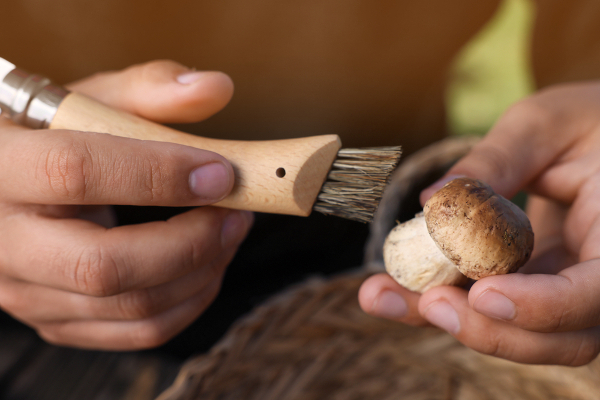
Proper preparation of your cleaning station before processing is equally significant for maintaining mushroom quality. A clean workspace with adequate lighting and ventilation allows for thorough inspection and cleaning of specimens. When storing cleaned mushrooms, maintain consistent temperature and humidity levels to prevent spoilage and extend shelf life.
First Aid Materials
Beyond the tools for collecting and cleaning mushrooms, safety preparedness remains a top priority for any foraging expedition. A thorough first aid kit should contain vital items to address common outdoor injuries and emergencies that may occur while mushroom hunting.
| Category | Vital Items | Purpose |
|---|---|---|
| Basic Care | Bandages, gauze, medical tape | Treat cuts, scrapes, and minor wounds |
| Emergency | Snake bite kit, emergency blanket | Handle serious incidents and exposure |
| Medicine | Antihistamines, pain relievers | Address allergic reactions and discomfort |
The kit should include antiseptic wipes, tweezers for splinter or tick removal, and a small bottle of sterile eyewash solution to address potential spore exposure. Carrying a basic first aid manual specific to outdoor activities can provide important guidance during emergencies.
Personal medications and emergency contact information should be stored in a waterproof container within the kit. It’s vital to regularly check and replace expired items, ensuring all supplies remain effective when needed. Foragers should equally consider taking a basic wilderness first aid course to properly utilize these materials in emergency situations.

